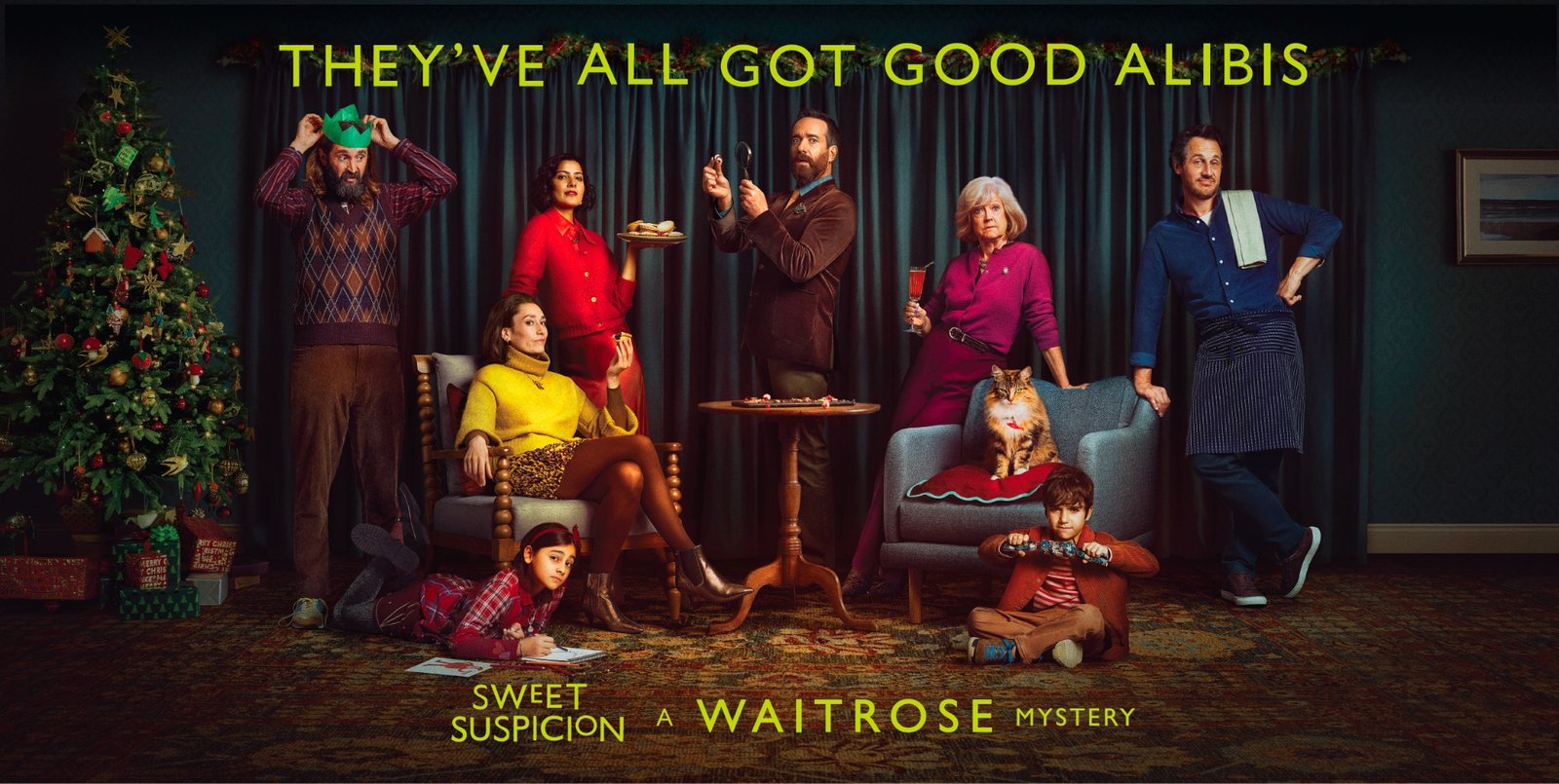Get In Touch
hello@untangld.co
Get In Touch
hello@untangld.co
Follow
|
LinkedIn

We use cookies to make sure you have the best experience on our website. Fear not, we don’t sell your data to third parties.


Strategies, when they’re good, should be fucking famous. Stories people tell when they’re trying to prove the ingenuity of human beings.
Take this for example.
Back in the 16th century, King Philip II sent the Spanish Armada to invade England. Spain’s ‘Invincible Armada’ was a huge naval force of about 130 ships, plus some 8,000 seamen and an estimated 18,000 soldiers manning thousands of guns.
Desperate to prevent the Spanish from uniting their forces, the English devised a last-ditch plan to scatter the Armada. The English set eight empty vessels ablaze and allowed the wind and tide to carry them toward the Spanish fleet.
The sudden arrival of the fireships caused a wave of panic to descend over the Armada. Several vessels cut their anchors to avoid catching fire, and the entire fleet was forced to flee to the open sea.
This was by no means the end of the war, but does that really matter?
THEY SET FIRE TO THEIR OWN DAMN SHIPS!
In the face of overwhelming odds, the English devised a way to win. That’s a strategy and that’s a story that lives 500 years later.
It’s us at our most brilliant, overcoming obstacles with experience, intelligence, and creativity.
Importantly, you don’t need to be a strategist to develop a strategy. In fact, strategists are often the worst at conveying strategy, because they’re too close to it.
Unfortunately, most strategies are either too insular or too complicated to survive time or a change of personnel.
Most strategies live in dense PowerPoints and poorly lit boardrooms. Most require understanding the brief in detail. And when those key people leave, get distracted or move on to something more urgent, the strategy never leaves the page or the room.
Most strategies are forgettable because they aren’t that useful or memorable.
I’ve lost count of the number of times I’ve spoken to clients that have had two or three strategies developed, but nothing was ever done. Strategy should live in stories, not servers. Strategies should live as impact and influence, not just input.
People have terrible memories and are naturally bad with details. If you worked in a management consulting firm, the term would be “socialize”, but because I already have enough reasons to dislike consultants, let’s just say memorable.
Take the Old Spice – Smell like a man strategy.
They wanted to create a crusade against “lady-scented” body wash. Since the category lacked masculine credibility, Old Spice could be a champion of “manly-scented” shower products.
Or Ariel’s ‘Dad’s share the load’ campaign – a social movement to inspire and empower dads, the figurehead of Indian patriarchy, to share the load of laundry with their wives and start impacting gender inequality at home.
Two of the many examples that show simplicity doesn’t mean simple.
The buzzword is prototyping. But whatever you call it, your strategy is doomed to be a paperweight if it doesn’t live outside a server. Make sure part of the strategy process is a tangible test or implementation of your thinking.
That could be a brand bible that lives online or published. It could be a staff activation. It could be a prototype.
Where ever possible, never just have a presentation as the last step in your process.
This is the hardest part. Most people like to think of themselves as the hero of their own story. So obviously their thinking and strategy is, well, heroic. And there isn’t one style or format that makes for a great strategy.
But when I’m developing and more importantly editing a strategy, this is the checklist I use:
For the most part, strategies live behind the curtain. A mix of humility and confidentiality keeping the best thinking limited to case studies and boardrooms.
But it’s a shame because we learn more from strategy than we do from execution and tactics.
It’s a shame because, when we celebrate great thinking and ingenuity, more of us feel like we can set the boats on fire.
Originally published in Branding in Asia, 12 June 2020









→ Danish is one of the most awarded strategists in the world, having worked on some of the most iconic brands in the last decade including Virgin Atlantic, Coca Cola, and Volvo. Danish spent his career helping to make modern, connected strategy integral to world-class effective work. A co-founder of Untangld, and a founding partner of By The Network, Danish is also a regular judge at the Effies and WARC Global Effectiveness Awards and a contributor to popular industry rags.
